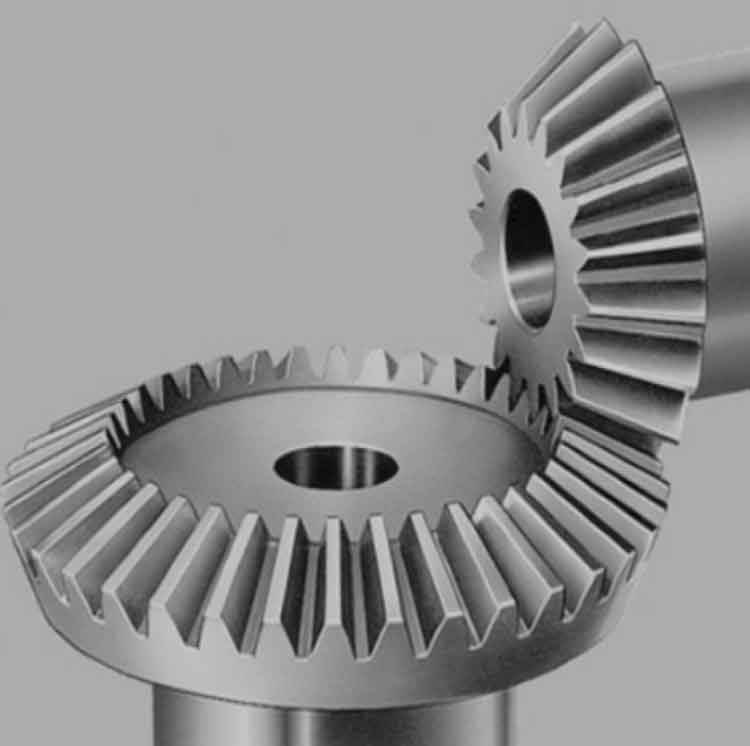
In recent years, there have been several notable innovations in straight bevel gear technology, driving advancements in their design and production. These innovations aim to improve gear performance, reliability, and manufacturing efficiency. Here are some key advancements in straight bevel gear technology:
- Computer-Aided Design (CAD) and Simulation: The use of advanced CAD software and simulation tools has revolutionized the design process of straight bevel gears. These tools allow engineers to create accurate 3D models, simulate gear meshing, analyze contact patterns, and optimize gear geometry for improved performance. CAD software also enables faster iterations and prototyping, reducing development time.
- Digital Manufacturing and Additive Manufacturing: Digital manufacturing techniques, such as 3D printing or additive manufacturing, are increasingly being used in the production of straight bevel gears. Additive manufacturing allows for complex geometries, rapid prototyping, and customization, while reducing material waste. It also offers opportunities for topology optimization, lightweighting, and integrated features.
- Advanced Machining Technologies: Modern machining technologies, such as multi-axis CNC machining and high-speed machining, have improved the precision and efficiency of straight bevel gear production. These technologies enable more accurate cutting, faster production cycles, and tighter tolerances. Additionally, the integration of robotics and automation in machining processes enhances productivity and consistency.
- Improved Gear Materials: Advancements in metallurgy and materials science have led to the development of new high-strength and wear-resistant alloys suitable for straight bevel gears. These materials offer enhanced durability, higher load-carrying capacity, and improved resistance to surface fatigue and pitting. Coatings and surface treatments can also be applied to further enhance the gear’s performance and longevity.
- Gear Grinding and Finishing: Gear grinding processes, such as profile grinding and continuous generating grinding, have improved the surface finish and precision of straight bevel gears. These grinding methods allow for tight control of tooth profiles, surface roughness, and tooth contact patterns. Additionally, advancements in gear honing and lapping technologies contribute to improved gear quality and reduced noise levels.
- Digitalization and Industry 4.0 Integration: The integration of digitalization and Industry 4.0 technologies in straight bevel gear production has led to improved process monitoring, data analysis, and quality control. Sensors, real-time monitoring systems, and data analytics enable predictive maintenance, optimized production scheduling, and proactive quality assurance.
- Gear Inspection and Metrology: Advancements in gear inspection equipment and metrology techniques ensure the accurate measurement and evaluation of straight bevel gears. High-precision coordinate measuring machines (CMMs), gear analyzers, and non-destructive testing methods enable comprehensive gear inspection, including tooth profile measurement, surface finish analysis, and dimensional verification.
These innovations in straight bevel gear technology are driving improvements in gear performance, reliability, and manufacturing efficiency. They enable the design and production of gears with tighter tolerances, improved surface finish, and enhanced durability, resulting in more efficient and reliable gear systems across various industries.
